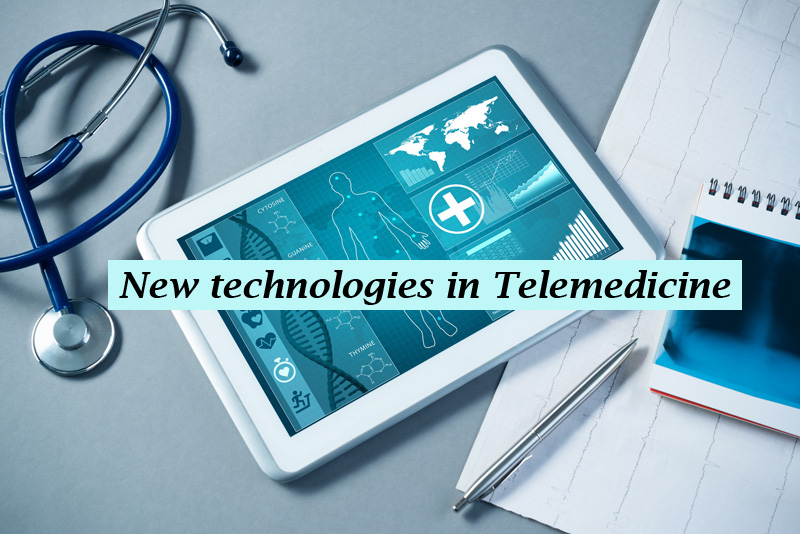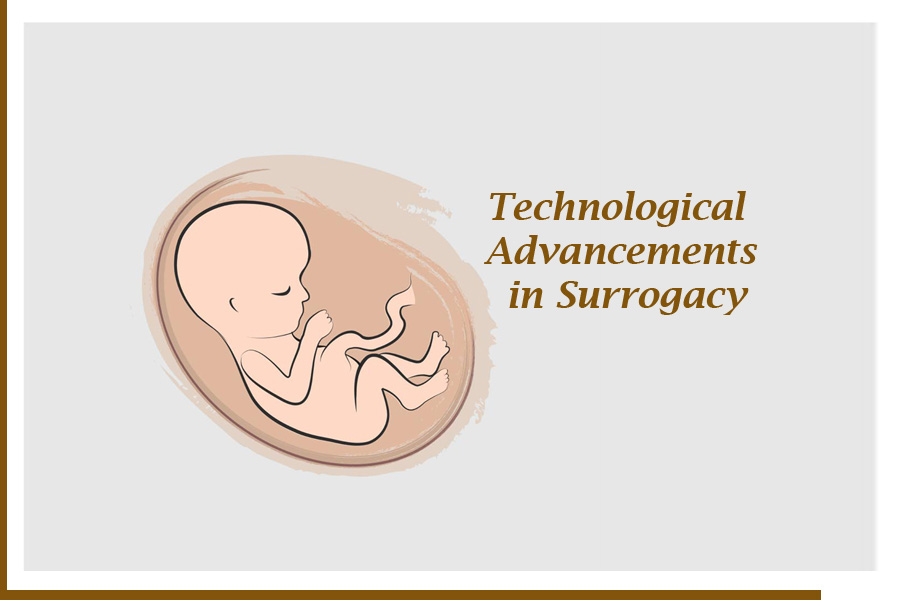The role of technology has increased in the field of surrogacy over the past few years. That said, surrogacy has experienced critical changes due to these innovations, changing it from a moderately available and complex process into a more open and professional choice for those looking to begin or grow their families. In the coming parts of this blog, let’s look into the key elements of technological advancements in surrogacy that made surrogacy more technically progressive.
Different Technological Advancements in Surrogacy
Considering the role of IVF in Surrogacy
The journey of technological advancement in surrogacy started with the innovations of In Vitro Fertilization (IVF) in the late 20th century. Moreover, IVF was a groundbreaking procedure where an egg is fertilized by sperm outside the body and after that implanted within the uterus. Moreover, this development laid the establishment for advanced surrogacy, paving the way for gestational surrogacy, where the surrogate carries a child with whom she has no biological connection.
Innovations in the embryo transfer process
Over a long time, progression in embryo transfer procedure has essentially moved forward. At first, the success rate of IVF and consequent embryo transfer was moderately low. Be that as it may, with innovations in medical technology, these have become more refined, leading to higher success rates. At the same time, advancements in embryo culture systems, superior hormonal treatments for surrogates, and improved embryo implantation strategies have all contributed to this success.
Apart from this, the medical professionals getting trained in advanced medical strategies have further helped. Moreover, these professionals have received training on state-of-the-art equipment and technology to facilitate more successful IVF treatments and surrogacy arrangements.
Pre-implantation genetic diagnosis (PGD) and Screening (PGS)
A major technological breakthrough in surrogacy has been the advancement of Pre-implantation genetic diagnosis (PGD) and Pre-implantation genetic Screening (PGS). That said, these strategies involve screening embryos for genetic illnesses and chromosomal issues before they are implanted into the surrogate’s uterus. Moreover, this not only increases the chances of a healthy pregnancy but also allows intended parents to avoid the passing of any genetic issues to their future child.
Innovations in the field of Cryopreservation
 Cryopreservation, the method of freezing embryos, sperm or eggs, has revolutionized surrogacy. Moreover, it allows for the capacity of embryos for future use, providing flexibility for both the intended parents and the surrogate.
Cryopreservation, the method of freezing embryos, sperm or eggs, has revolutionized surrogacy. Moreover, it allows for the capacity of embryos for future use, providing flexibility for both the intended parents and the surrogate.
Also, this innovation implies that embryos can be preserved until the surrogate is prepared for pregnancy, or it can allow for different endeavours during pregnancy utilizing the same batch of fertilized eggs.
Progressions in 3D Ultrasound Imaging
The progression in ultrasound technology, especially the advancement of 3D ultrasound imaging, has upgraded the surrogacy experience for many. Moreover, this innovation allows for point-by-point images of the embryo hatching, paving for new methodologies in the same domain. Also, for intended parents, particularly those who cannot be physically present, 3D ultrasounds offer a more unmistakable association with their future child.
New technologies in Telemedicine and Remote Monitoring
The rise of telemedicine has had a noteworthy effect on surrogacy. That said, intended parents and surrogates can advantage of virtual meetings, making the method more helpful and available. Moreover, this is often especially vital for international surrogacy programs, where geographical distance can be an issue. That said, various remote monitoring technologies also empower superior tracking of the surrogate’s health and the baby’s growth.

At the same time, the usage of fertility apps and specialized software has become more predominant in surrogacy. Also, these tools can help track the surrogate’s health, oversee arrangements, and offer important information about the pregnancy. At the same time, they upgrade communication between the surrogate, intended parents, and medical experts, guaranteeing everybody remains educated and engaged all through the procedure.
Innovations in ethical and legal systems worldwide
Whereas not entirely innovative, the advancement of legal and moral systems encompassing surrogacy is worth specifying. Also, as surrogacy technology has progressed, so as well have the legal and moral contemplations. Moreover, these innovations guarantee that the rights and welfare of all parties, including the surrogate, intended parents, and the child, are ensured.
Also, Artificial intelligence (AI) has started to play a key role within the field of surrogacy and reproductive medicine. Moreover, AI algorithms can analyze huge datasets to foresee the success rates of distinctive fertility treatments. In surrogacy, AI can help big time in selecting the most reasonable embryos for implantation, expanding the chances of an effective pregnancy.
Evolution of Stem Cell Research and Artificial Wombs
Looking to the future, we can say that stem cell research and the progression of artificial wombs seem to revolutionize surrogacy. Stem cells might one day allow for the creation of eggs and sperm from non-reproductive cells, offering new conceivable outcomes for the development of embryos. At the same time, artificial wombs, still within the experimental stage, may give an alternative to traditional surrogacy, possibly diminishing the physical and emotional burdens of carrying a pregnancy.
How does technology impact the inclusivity of Surrogacy?
 Technological progressions in surrogacy have made it more available to a broader range of individuals. Also, same-sex couples, single individuals, and those with fertility issues who might have found it troublesome to have children in the past presently have more alternatives due to these innovations.
Technological progressions in surrogacy have made it more available to a broader range of individuals. Also, same-sex couples, single individuals, and those with fertility issues who might have found it troublesome to have children in the past presently have more alternatives due to these innovations.
Still, despite the progression, there are challenges and ethical contemplations. That said, given the overall cost of advanced surrogacy innovations can be restrictive, constraining access to only a few people.
Furthermore, the quick pace of technological advancements in surrogacy raises ethical questions, such as the suggestions of choosing particular genetic characteristics in children (regularly referred to as ‘designer babies’) and the potential commercialization of both the surrogacy process and life itself.
Final words
As surrogacy proceeds to advance technologically, it’s important to adjust these progressions with the human components. That said, surrogacy isn’t just a medical procedure; it’s a journey that includes genuine individuals with their trust, fears, and dreams. Moreover, innovation ought to improve this journey, and not dominate the human associations and experiences in the process.
Hence, one must keep a balance of the same while going with these technological advancements on their way to parenthood. Moreover, one must always connect and counsel with the best surrogacy consultant while opting for any such innovation.



No Comments